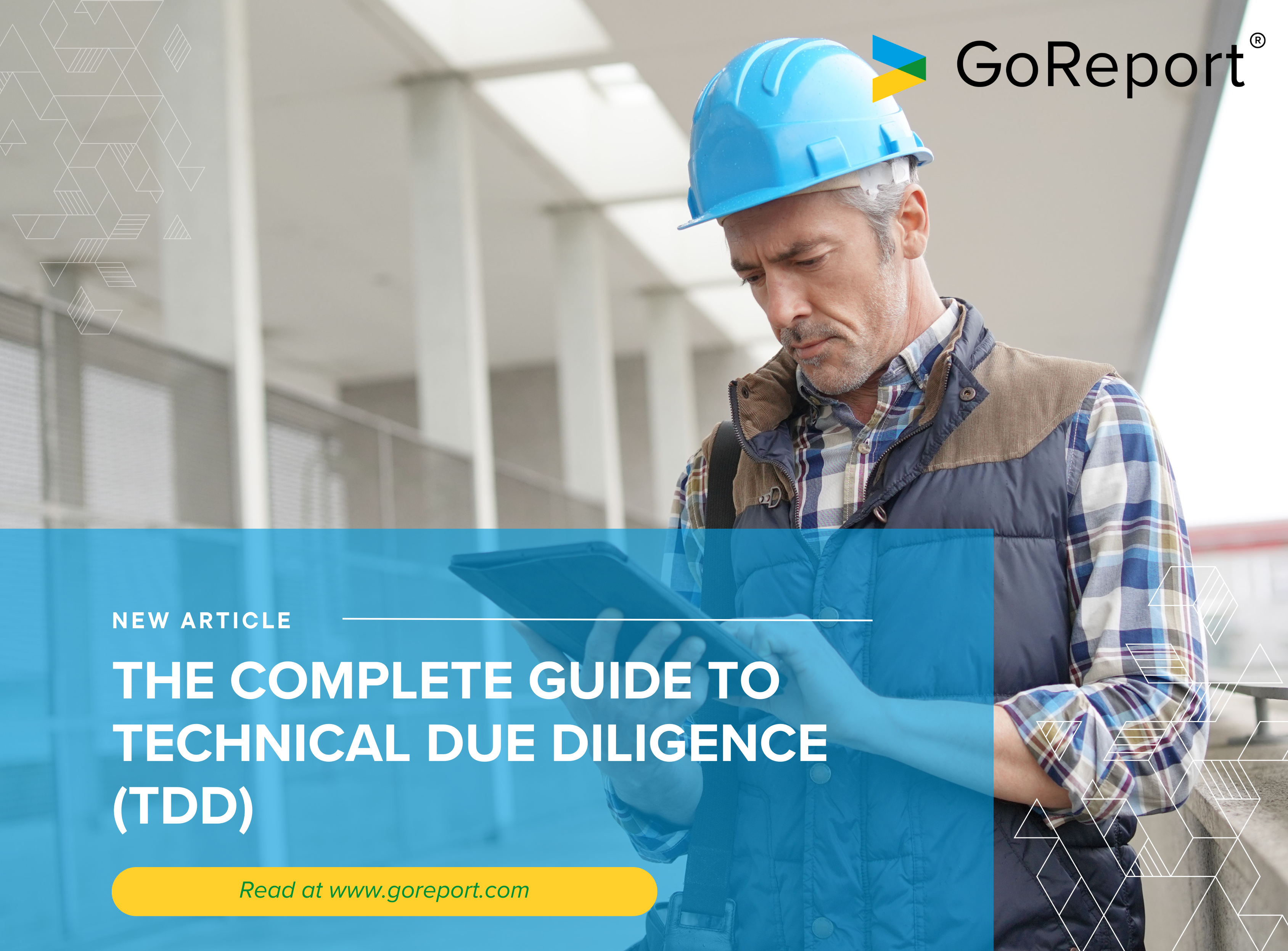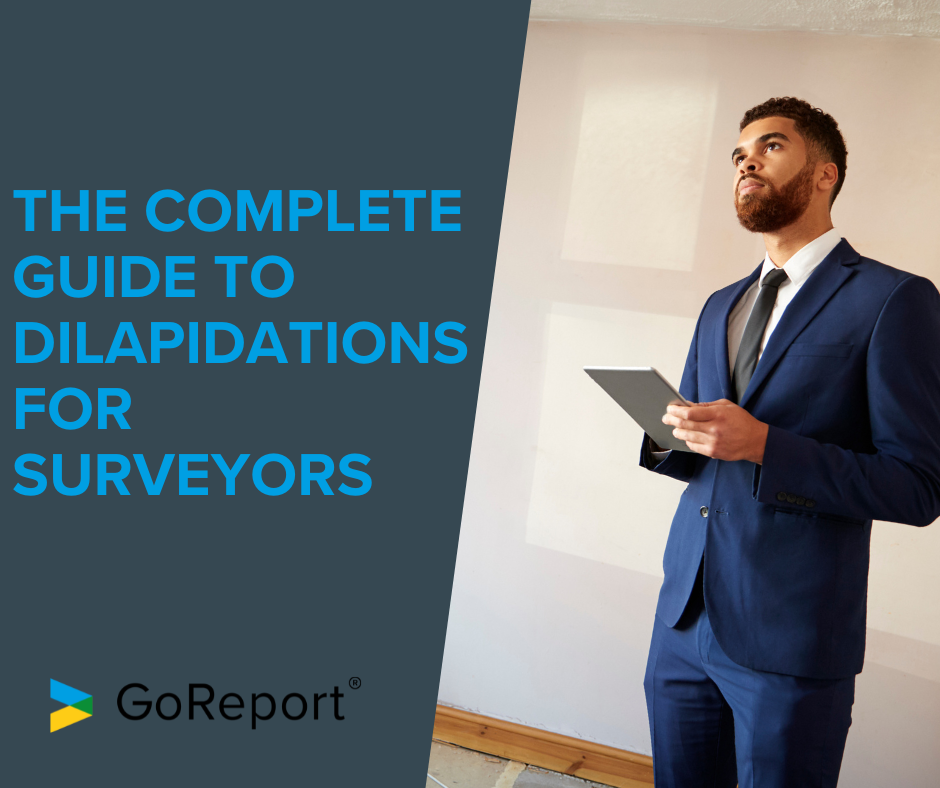The Complete Guide to Technical Due Diligence (TDD)

Technical Due Diligence (TDD) is a critical process for assessing a property’s condition before investment, acquisition, or redevelopment. For UK-based surveyors, TDD ensures that clients understand potential risks, structural issues, and compliance requirements before making key financial decisions.
In the UK property market, unforeseen technical issues can lead to costly disputes, delays, or even failed transactions. For example, hidden asbestos, outdated electrical systems, or non-compliant fire safety measures can become major financial and legal burdens. Surveyors who conduct comprehensive TDD surveys help clients avoid unexpected costs and ensure properties meet all relevant UK regulations.
This guide will walk you through everything you need to know about Technical Due Diligence, from how to prepare, key survey elements, common challenges, and best practices. Whether you’re new to the field or looking to improve your existing process, this resource will help you carry out effective and reliable TDD assessments.
Contents:
- What is Technical Due Diligence?
- Why is TDD Important for Surveyors?
- Key Aspects of a Technical Due Diligence Survey
- How to Prepare for Technical Due Diligence
- Common Challenges in Technical Due Diligence
- Tools and Technology for Technical Due Diligence
- Best Practices for TDD Surveys
- FAQ
What is Technical Due Diligence?
Technical Due Diligence (TDD) is a comprehensive assessment of a property’s physical and technical condition. It typically includes:
- Structural integrity analysis
- Mechanical and electrical system evaluations
- Compliance with building regulations and sustainability standards
- Potential liabilities and financial risks
Technical Due Diligence is often conducted before property acquisitions, lease agreements, or major refurbishments to help stakeholders make informed decisions.
Why is TDD Important for Surveyors?
For surveyors, technical due diligence is more than just a checklist – it’s essential for identifying hidden risks and ensuring compliance with property regulations. By providing a clear, accurate report, surveyors help investors, developers, and landlords avoid costly mistakes.
Conducting a technical due diligence survey helps to:
- Identify structural defects, safety concerns, and maintenance requirements.
- Ensure compliance with UK building regulations and planning permissions.
- Uncover hidden costs that could impact investment decisions.
- Assess the lifespan and performance of building systems and materials.
- Provide clients with the confidence to proceed with or negotiate a deal.
For surveyors, a TDD survey offers an opportunity to showcase expertise and provide crucial insights that clients rely on to protect their investments.
Surveyors in the United Kingdom must follow stringent regulations, which include:
- Building Regulations 2010 – Ensuring compliance with safety and performance standards
- The Construction (Design and Management) Regulations 2015 – Managing health and safety risks
- Energy Performance of Buildings Regulations – Assessing sustainability and energy efficiency
Staying updated on these regulations is crucial for providing accurate and legally compliant TDD reports.
Key Aspects of a Technical Due Diligence Survey
A thorough technical due diligence survey examines:
- Structural integrity
- Mechanical and electrical (M&E) systems
- Environmental and sustainability considerations
- Compliance with UK regulations
- Historical maintenance records
How TDD Differs from Standard Building Surveys
If this is the case, you may be wondering how TDD differs from a standard building survey. While standard building surveys focus on assessing a property’s overall condition, TDD is more comprehensive, evaluating:
- Potential risks and liabilities
- Long-term maintenance and operational costs
- Regulatory and compliance factors
- Structural and environmental risks
While you may look at similar things, there are different focuses within this report type.
How to Prepare for Technical Due Diligence
Preparation is key to an efficient and effective TDD process. Essential steps include:
- Defining the survey scope
- Identifying client needs and key areas of concern
- Coordinating access to the site
- Ensuring everyone is aligned on the scope, timelines, and reporting requirements of the TDD process.
Access to relevant documents speeds up the survey process and provides valuable insights. Key documents include:
- Planning permissions and building control certificates
- Maintenance records and service contracts
- Previous survey reports
- Asbestos registers and fire risk assessments
- Energy Performance Certificates (EPCs)
Effective communication ensures all parties are aligned on the scope, timelines, and reporting requirements of the TDD process.
Common Challenges in Technical Due Diligence
Technical due diligence presents several challenges that surveyors must navigate. One of the most significant is identifying hidden issues that may not be immediately visible without intrusive investigations. Structural weaknesses, outdated M&E systems, and environmental hazards such as asbestos or contamination can go undetected without thorough assessments. Managing client expectations is another important but often overlooked aspect, as clients may anticipate quick results or underestimate the complexity of the process. Clear communication and well-structured reporting help ensure realistic expectations and foster trust.
Addressing legal and financial risks is essential, as failure to identify regulatory non-compliance or costly defects can lead to disputes, financial losses, or liability issues. Understanding the implications of UK building regulations, planning permissions, and contractual obligations helps surveyors mitigate these risks and provide clients with informed recommendations.
Tools and Technology for Technical Due Diligence
The use of digital tools has transformed the way surveyors conduct technical due diligence, improving both efficiency and accuracy. Modern software solutions allow for seamless data collection, automated analysis, and faster collaboration across teams, reducing errors and saving valuable time. Digital platforms help standardise reporting, ensuring clarity and consistency across all projects. GoReport enables surveyors to capture data effortlessly, generate detailed reports, and streamline the entire TDD process, making it easier to deliver high-quality insights to clients while maintaining compliance with industry standards.
Best Practices for TDD Surveys
A well-structured technical due diligence report is essential for ensuring clarity and usability. The report should be clear and concise, focusing on key risks and findings while being supported by strong evidence and actionable recommendations. Best practices for accurate reporting include using simple, jargon-free language to ensure accessibility, incorporating images, diagrams, and visual aids to enhance understanding, and structuring the report in a way that makes it easy for clients to interpret.
Staying up to date with UK regulations is critical, and surveyors should engage in regular training, attend industry seminars, and stay informed about changes in compliance standards. This ensures they provide accurate, reliable insights and avoid costly regulatory pitfalls. Adopting new technologies, such as AI-driven analytics and digital reporting tools, can further enhance efficiency and reporting accuracy, reducing manual workload and streamlining data collection and analysis.
Better collaboration with clients through digital platforms and streamlined communication channels improves transparency and ensures that stakeholders are fully informed throughout the due diligence process. Maintaining open lines of communication and using collaborative tools can help surveyors align expectations, clarify findings, and provide clients with comprehensive, high-value reports that mitigate risks and support informed decision-making.
Frequently Asked Questions (FAQs)
What is the purpose of technical due diligence?
TDD helps identify potential risks and compliance issues before property transactions.
How long does a technical due diligence survey take?
It depends on the property’s size and complexity but typically ranges from a few days to a few weeks.
What should be included in a TDD report?
A report should include structural, M&E, environmental, and regulatory assessments.
How can surveyors streamline the TDD process?
Using digital tools like GoReport can speed up data collection and reporting.








